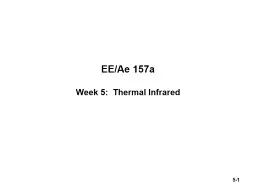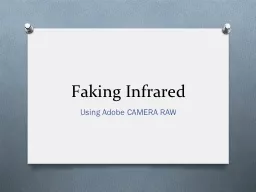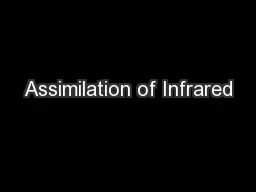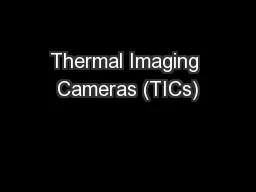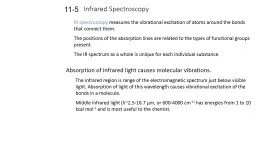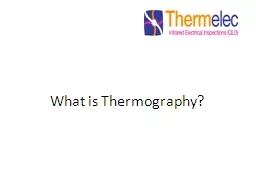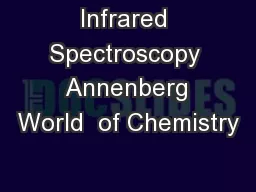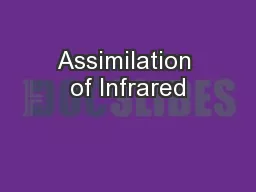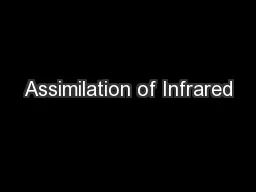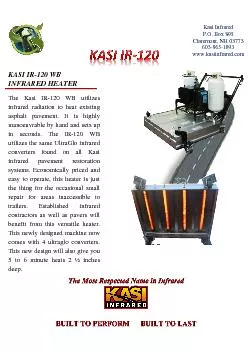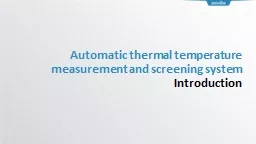PPT-EE/Ae 157a Week 5: Thermal Infrared
Author : kittie-lecroy | Published Date : 2019-03-13
Topics to be Covered Thermal Radiation Laws Emissivity of Natural Terrain Heat Conduction Theory Effect of Periodic Heating Surface Heating by the Sun Thermal Infrared
Presentation Embed Code
Download Presentation
Download Presentation The PPT/PDF document "EE/Ae 157a Week 5: Thermal Infrared" is the property of its rightful owner. Permission is granted to download and print the materials on this website for personal, non-commercial use only, and to display it on your personal computer provided you do not modify the materials and that you retain all copyright notices contained in the materials. By downloading content from our website, you accept the terms of this agreement.
EE/Ae 157a Week 5: Thermal Infrared: Transcript
Download Rules Of Document
"EE/Ae 157a Week 5: Thermal Infrared"The content belongs to its owner. You may download and print it for personal use, without modification, and keep all copyright notices. By downloading, you agree to these terms.
Related Documents

